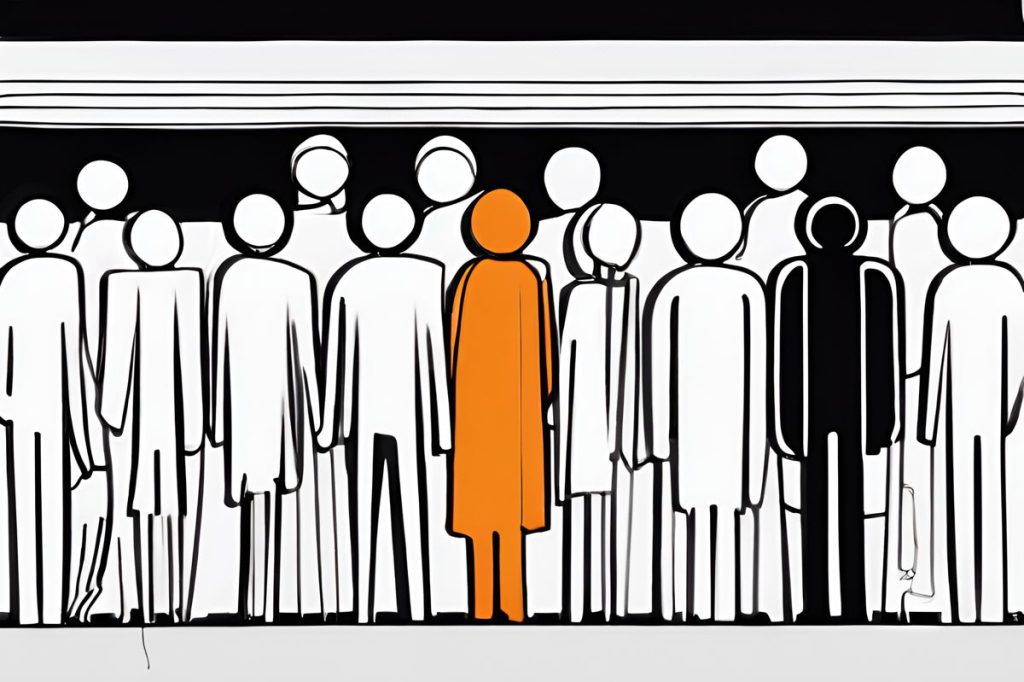Childhood bullying takes many forms, from physical aggression to cyberbullying, affecting children’s mental and emotional well-being. Recognizing signs of bullying like anxiety, withdrawn behavior, and academic decline is crucial. Offering support, listening, and utilizing resources like the Hope for Children Helpline 1466 can help victims heal and create a safer environment for all.
What are the signs of childhood bullying and how can we help victims?
Children experiencing bullying may become anxious, withdrawn, or show a sudden drop in confidence. Look for disrupted sleep, changes in eating habits, or declining academic performance. To help, offer support, listen, and seek resources like the Hope for Children Helpline 1466. Encourage community involvement and enforce anti-bullying policies in schools.
Bullying is a widespread problem that transcends culture, affecting individuals from all walks of life. It can take many forms, including physical aggression, verbal attacks, social exclusion, and increasingly, cyberbullying. This behavior is not constrained to any one setting, thriving in schools, workplaces, and online environments.
The Many Faces of Bullying
Understanding the various forms bullying can take is critical to recognizing and addressing it effectively. Physical bullying includes hitting, kicking, or any form of physical harm. Verbal bullying involves name-calling and insults, while social or relational bullying includes spreading rumors or intentional exclusion. Cyberbullying involves using digital platforms to harass or embarrass someone.
The signs of bullying are often subtle and can be emotional or behavioral. Children may exhibit a significant change in mood or behavior; they might become anxious, withdrawn, or depressed. There may also be a noticeable drop in self-confidence or self-esteem, disrupted sleep patterns, or loss of interest in previously enjoyed activities. Parents might notice changes in eating habits, increased aggression, or problems concentrating, which can lead to a decline in academic performance. A child’s social life can also be affected, with a sudden loss of friends or difficulty in forming new friendships. Cyberbullying, in particular, can be challenging to detect, but watch for signs like a child’s withdrawal from social media or other online activities, especially if coupled with the emotional and behavioral signs mentioned.
The Significance of Support Systems
When a child is dealing with bullying, having a robust support system is vital. If you suspect a child is being bullied, the most important initial step is to offer a listening ear and reassure them of your support. Recognizing the issue is the first step in a complex process that often requires professional guidance. In such instances, resources like the Hope for Children Helpline 1466 can be invaluable. This helpline offers around-the-clock support, guiding children through experiences of abuse, including bullying, and helping parents navigate these challenging situations.
The role of corporate responsibility in supporting anti-bullying initiatives cannot be overstated. Organizations like XM, an internationally recognized investment services group, have lent their support to helplines and other programs. Since 2016, XM has contributed to the Hope for Children Helpline 1466, underscoring the importance of community involvement in creating safer environments for children.
A Community Approach to Addressing Bullying
Combatting childhood bullying requires a collective effort from individuals and institutions alike. Schools must foster an atmosphere of respect and kindness, enforcing strict anti-bullying policies. Parents and educators need to maintain open lines of communication with children, encouraging them to share their experiences and feelings.
In addition to fostering a supportive environment at home and in school, community members can advocate for and participate in initiatives like those promoted by XM. Such involvement is crucial to the sustainability of support networks for victims of bullying, allowing for the continued operation of helplines and other resources. By supporting these initiatives, we contribute to a more inclusive society where the well-being of all children is a shared priority.
Remember, the fight against bullying is ongoing, and it’s one that requires our collective vigilance. Whether you’re a parent, teacher, friend, or community member, your role in this effort is vital. Together, we can create a world where every child feels safe, valued, and supported.
What are the signs of childhood bullying and how can we help victims?
Children experiencing bullying may become anxious, withdrawn, or show a sudden drop in confidence. Look for disrupted sleep, changes in eating habits, or declining academic performance. To help, offer support, listen, and seek resources like the Hope for Children Helpline 1466. Encourage community involvement and enforce anti-bullying policies in schools.
What are the different forms of childhood bullying?
Childhood bullying can take various forms, including physical aggression, verbal attacks, social exclusion, and cyberbullying. Physical bullying involves acts like hitting and kicking, verbal bullying includes name-calling and insults, social or relational bullying includes rumors and exclusion, and cyberbullying uses digital platforms to harass or embarrass.
How important is having a support system for children dealing with bullying?
Having a strong support system is crucial for children dealing with bullying. It’s important to offer a listening ear, reassure them of your support, and seek professional guidance if needed. Resources like the Hope for Children Helpline 1466 provide invaluable support for children experiencing bullying and help parents navigate these challenging situations.
What can the community do to address childhood bullying?
Combatting childhood bullying requires a collective effort from individuals and institutions. Schools should enforce anti-bullying policies and foster a culture of respect. Parents and educators should maintain open communication with children. Community members can advocate for initiatives supporting victims of bullying, such as the Hope for Children Helpline 1466. By working together, we can create a safer environment for all children.

